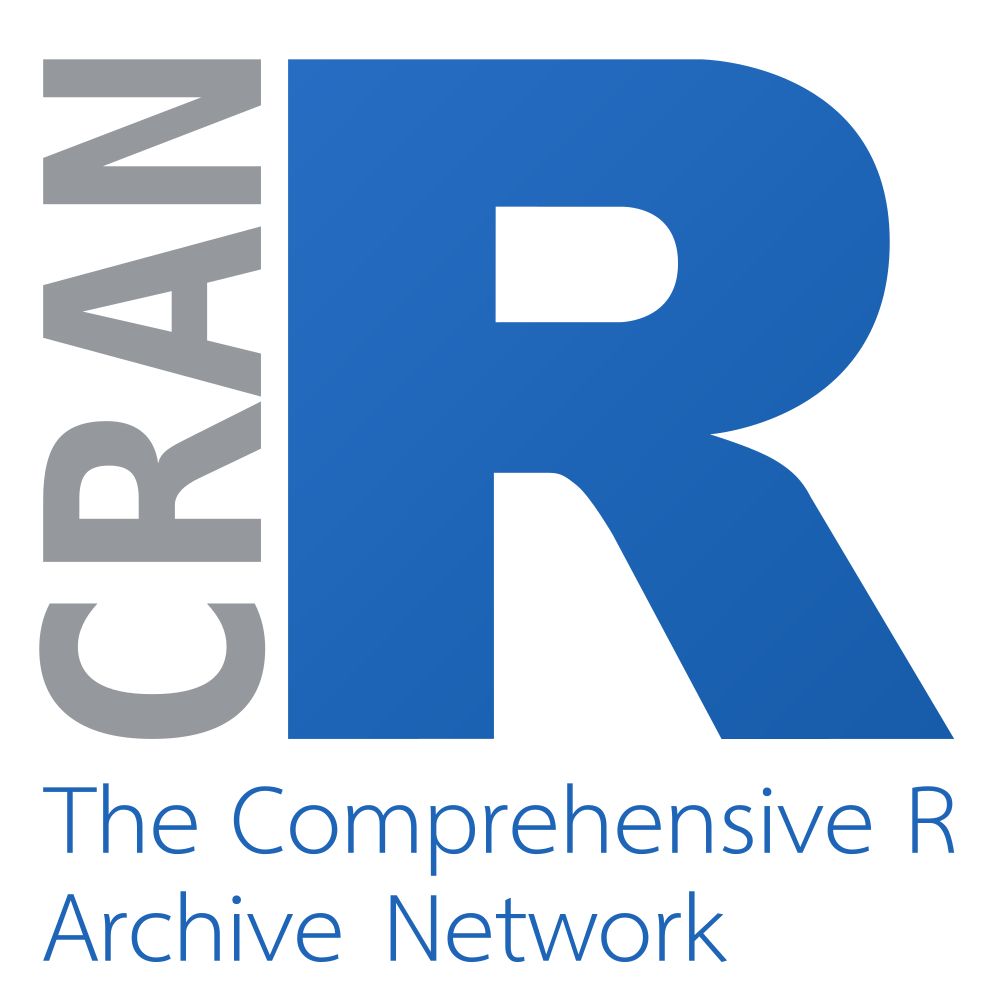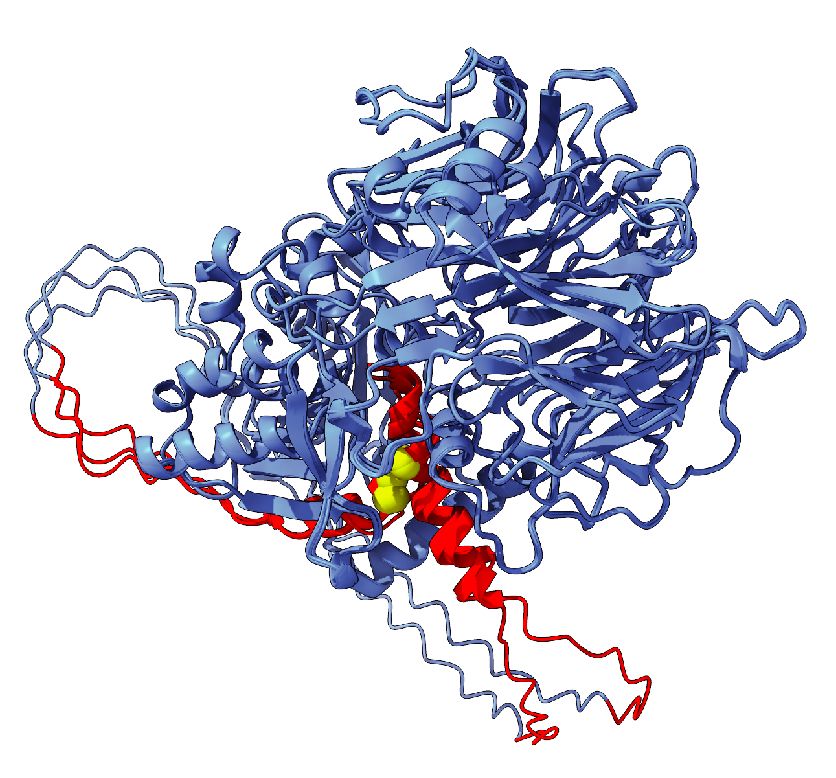Mihaly Badonyi
@mbadonyi.bsky.social
87 followers
290 following
49 posts
postdoc @uoe-igc.bsky.social
computational biology | disease genetics
Posts
Media
Videos
Starter Packs
Reposted by Mihaly Badonyi
Mihaly Badonyi
@mbadonyi.bsky.social
· Sep 4
Mihaly Badonyi
@mbadonyi.bsky.social
· Aug 15

acmgscaler: An R package and Colab for standardised gene-level variant effect score calibration within the ACMG/AMP framework
A genome-wide variant effect calibration method was recently developed under the guidelines of the American College of Medical Genetics and Genomics and the Association for Molecular Pathology (ACMG/A...
www.biorxiv.org
Mihaly Badonyi
@mbadonyi.bsky.social
· Aug 14
Mihaly Badonyi
@mbadonyi.bsky.social
· Aug 7
Reposted by Mihaly Badonyi
Reposted by Mihaly Badonyi
Simon Biddie
@simonbiddie.bsky.social
· Jul 29

Disease-associated genetic variants can cause mutations in tissue-specific protein isoforms
Genetic variants can cause protein-coding mutations that result in disease. Variants are typically interpreted using the reference transcript for a gene. However, most human multi-exon genes encode al...
www.biorxiv.org
Reposted by Mihaly Badonyi
Reposted by Mihaly Badonyi
Mihaly Badonyi
@mbadonyi.bsky.social
· Jul 4
Mihaly Badonyi
@mbadonyi.bsky.social
· Jun 13







